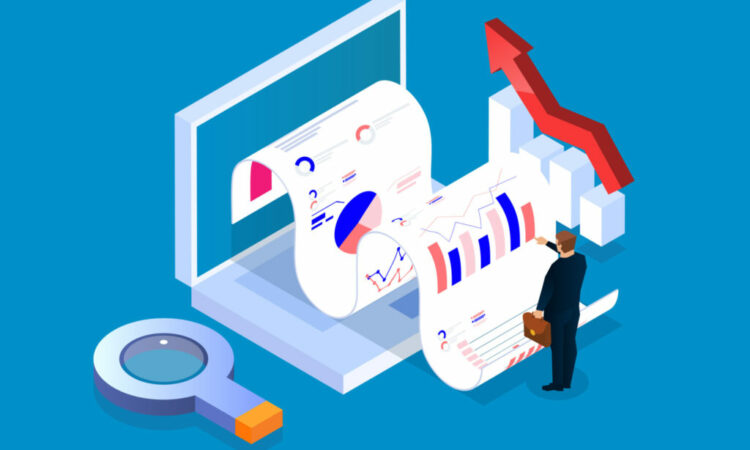The TruckNews.com survey about the biggest challenges facing Canadian trucking executives in 2023 is a rich menu of column ideas. In the last issue, I covered two of them—people problems and the cost of dirt. But there’s more on their plate.
Tech, inflation, and volatile rates are front-burner issues for CEOs and no doubt any carrier executive or truck owner. Here’s how the industry’s most innovative leaders are approaching them.
Big tech
Over a decade ago, I toured Titanium Transportation in Bolton, Ont., with Marilyn Daniel as my guide. Back then, Marilyn, the COO, and her husband, Ted, the president and CEO, were laying the foundation for a fast-growing trucking and brokerage operation doing business on both sides of the border. You could tell they had their act together.
No surprise, then, that the IT department was our first and longest stop. Marilyn explained how the company was investing in tech to handle mundane, manual processes so its people could focus on what they did best—the work that moved the business forward.
I guess automation in trucking isn’t just for transmissions.
The industry’s appetite for machine learning and AI is hardy as ever, yet the most advanced tech feels out of reach for small and mid-sized fleets.
My advice? Take smaller bites, starting with something you use every day: your TMS (transportation management system). With our industry’s perpetual “people” problems, even an off-the-shelf TMS can automate a mind-blowing number of tasks that no one else wants to do.
You can’t go out for a beer with a computer. But it won’t quit on a whim, and it won’t ask to be paid as a gig worker.
Stuff is expensive
Inflation has tipped carriers’ balance sheets in the wrong direction. Fastfrate chairman Ron Tepper summed it up this way: “Everything is more costly, but recuperating those costs while business slows down will be difficult.”
How do you deal with a problem that even the brainiacs at the Bank of Canada can’t figure out?
The best answer is cash. If you came out of the pandemic with money in the bank, you could use it to avoid crippling interest rates or pay suppliers faster in exchange for discounts. In times like this, every little bit matters.
For Karine Goyette, executive VP of CAT (named Best Overall Large Fleet by the Truckload Carriers Association), “scale and buying power” are opportunities to control costs.
Scaling your buying is a strategy we used during the recession of 2008. We partnered with a core group of suppliers and consolidated our purchases where it made sense. We got better pricing, better service, and took waste out of the system. And it was cheaper than shopping every deal.
You don’t have to be a CAT-sized fleet to buy at scale. This sage advice should resonate with every carrier, big or small.
Rate spiral
Another part of today’s economic volatility mentioned by almost every executive is rates. The pricing pendulum has again swung toward shippers.
Rob Penner, president and CEO of Bison Transport, says his company is focused on “markets where we can be competitive and where we may not be facing the same rapidly escalating pressures, such as the U.S. versus Canada.”
Makes sense. Do more of what makes you the most money.
It also makes sense to do more, period. Scale up your customers by adding services. For instance, I believe passionately that every carrier should have a brokerage division. With asset and non-asset services, you’ll never turn down a load, and you can be more strategic with pricing.
There are four C’s to pricing: customers, costs, competitors, and cash. Every decision you make about rates should account for how a change would affect each of the C’s. You can’t afford knee-jerk reactions. Customers have long memories.
One option is to eliminate the arbitrary rate-setting that gets customers riled up. AI, machine learning, and rate benchmarking can adjust rates automatically in response to changes in market supply and demand.
Customers wouldn’t have “surge” pricing on every lane. It could be part of a strategy that uses dynamic pricing only on lanes in the routing guide where loads are sporadic or seasonal or would otherwise go to a load board.
Get used to it. My gut tells me that automated dynamic pricing will soon be part of your everyday jargon. And it’s a thread through a whole host of industry issues in 2023, from people to tech to pricing.


